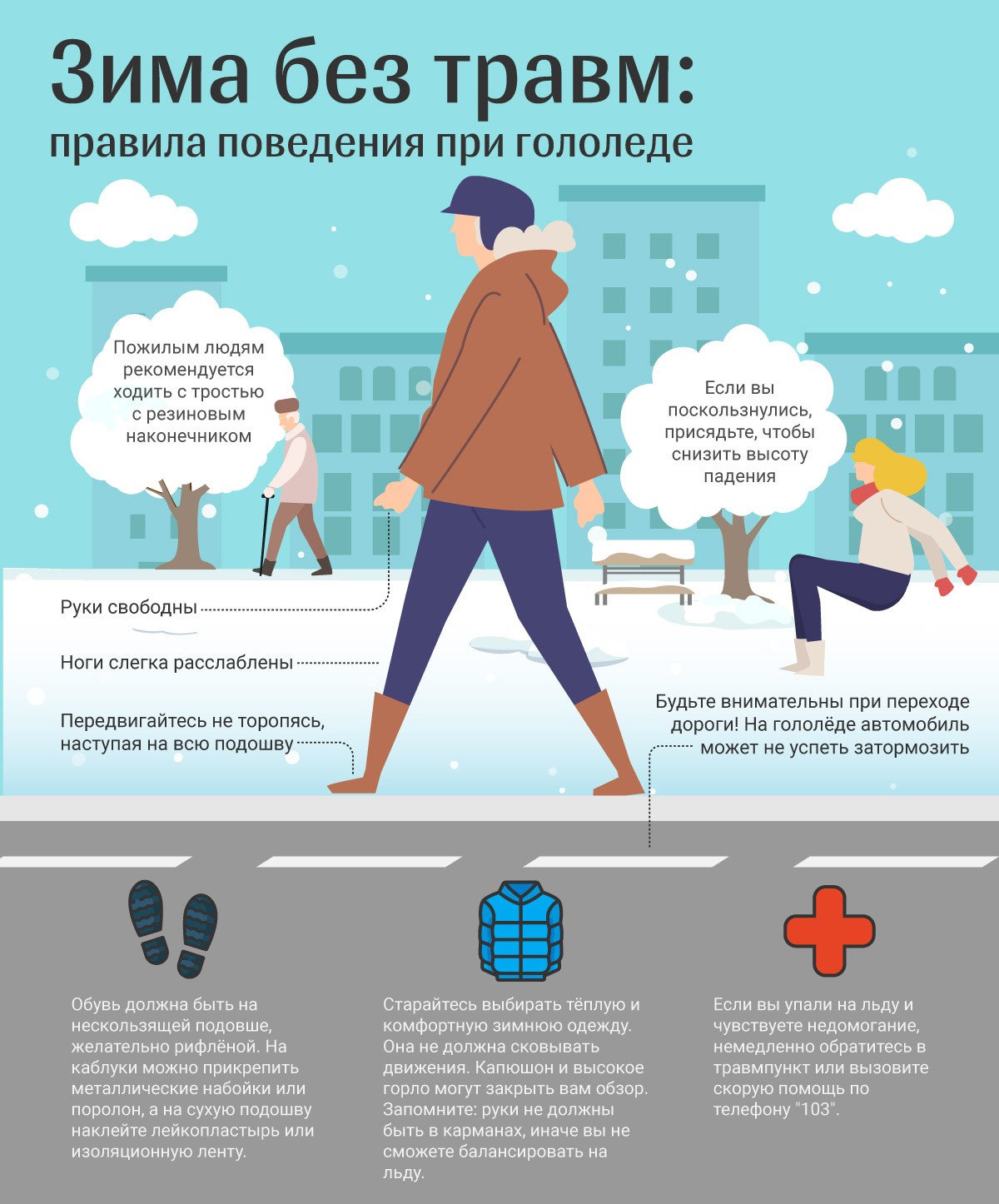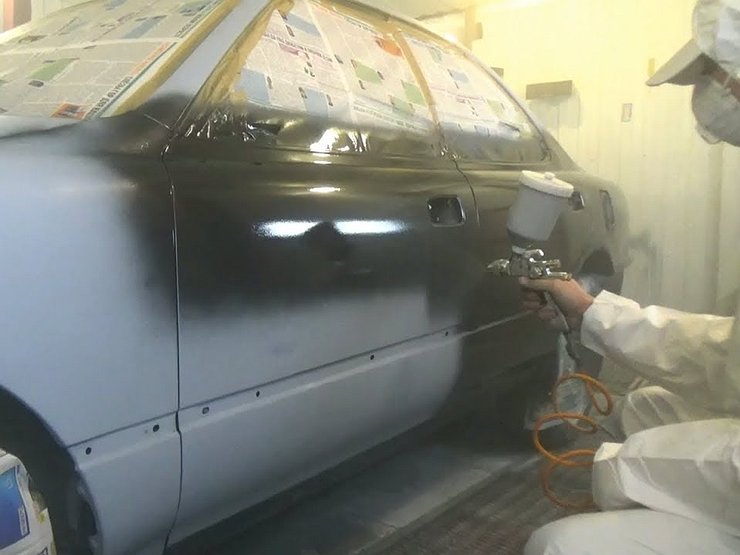
How to drive safely in icy conditions
Driving is nothing like hitting ice. If you've experienced it, you know the unmistakable feeling and how scary it can be. Riding on regular ice is bad enough, but on ice it's a different story.
Black ice is not actually black, but clear and very thin, making it appear the same color as the road and difficult to identify. Black ice occurs when light snow or sleet settles on the road and freezes, or when snow or ice melts and freezes again. This creates a perfect layer of ice with no bubbles in it, which is very slippery and almost invisible.
When your car hits ice, it loses traction and you can very easily lose control of your car. If you've ever seen a car get into an accident and take a wrong turn on the road, chances are it hit a piece of black ice. While the safest thing you can do if there is ice is to just stay indoors, sometimes you have to drive. In this case, follow these tips to make driving on icy roads as safe as possible.
Part 1 of 2: Avoid icy conditions whenever possible
Step 1: Know where the ice will be. Know where and when there may be sleet.
They say that the best offense is a good defense, and this certainly applies to bare ice. The safest way to avoid turning on ice is to simply avoid it altogether. One of the best ways to do this is to know exactly where to expect it.
Ice usually forms in very cold places, so there may be a lot of ice on the road, but not much. Areas that are shaded by trees, hills or overpasses and do not have much sunlight are prone to icing. Overpasses and bridges are icy hotspots because cold air circulates both above and below the road.
Black ice is also more likely to appear early in the morning or late at night when the weather is at its coldest. Likewise, it's less likely to be on high-traffic roads, as the heat from vehicles can melt the ice.
Step 2: Stay away from famous places. Do not drive in areas where you know ice will form.
Black ice can be quite predictable as it usually occurs in the same places. If you live in an area prone to ice, chances are you've heard people talking about a bad place, or maybe you've just noticed a trend of cars sliding off the road in winter.
If so, do your best to avoid driving on this stretch of road.
Step 3: Keep your eyes open. Scan the road for shiny asphalt spots.
Black ice is very difficult to see, but you can sometimes see hints of it. If you notice that a section of tarmac shines brighter than the rest of the road, slow down or try to avoid it, as it may be icy.
Step 4: Watch the cars in front of you. Keep a close eye on the vehicles ahead of you.
If a vehicle hits ice, it will almost always lose control, even if only for a fraction of a second. If you are following a vehicle, keep a close eye on it. If you notice the car skidding or skidding on the road at any point, be aware that there is likely icy conditions.
Part 2 of 2: Driving Safely on Ice
Step 1: Avoid Your Instincts. Do not brake or steer when you hit ice.
As soon as you feel that your car is slipping, your first impulse will be to hit the brakes and turn the steering wheel. Avoid both of these things. When your car is on ice, you have almost no control over it.
Applying the brake will simply lock up the wheels, making your car slide even more. Turning the steering wheel will cause your car to spin rapidly and out of control, and you will most likely end up backwards.
Instead, keep your hands firmly on the steering wheel. Your car will be out of your control for a fraction of a second, but it will usually slide back onto a patch of regular asphalt.
Step 2: Take your foot off the gas. Take your foot off the gas pedal.
Although you shouldn't use the brakes when sliding on icy conditions, it's important to take your foot off the accelerator so you don't make the slide worse.
Step 3: Don't let people follow you. Don't let vehicles drive right behind you.
Having a vehicle behind you when there is ice is dangerous for two reasons. First, it increases the chance of a collision if you lose control of the vehicle. And secondly, it encourages you to go faster than you are comfortable, even if it happens subconsciously.
If you see a vehicle approaching you, stop or change lanes until it passes you.
Step 4: Practice Damage Control. Limit the damage if you are about to crash.
From time to time you hit a piece of black ice and lose control of the car so much that it is impossible to fix it. When this happens, you'll want to go into damage control mode. Once you realize the car is either turning completely sideways or pulling off the road, start applying the brakes until you start to get traction.
If possible, steer the vehicle to the safest place, which is usually the side of the road, especially if there is gravel, mud, or grass.
- Functions: If you completely lose control of the vehicle, do not get out of the vehicle. Instead, stay in your car and call 911 or a tow truck. If you hit ice, chances are good that the next driver will hit it too, so you risk your life if you get out of the car.
Step 5: Assume the Worst. Always assume the worst about ice.
It's easy to get overconfident with black ice. Perhaps yesterday you were driving on the same road and there were no problems. Or maybe you have already run into ice and perfectly controlled the car.
The reality is that if it's cold enough outside, ice can form when you don't expect it, and you never know how it will affect your car. Don't be overconfident and don't drive too fast or sluggishly.
Black ice is certainly scary, but it can almost always be handled safely. Make sure you ride at a low and slow pace, never go out of your comfort range and follow these guidelines and you'll be fine on icy roads. Always perform scheduled maintenance on your vehicle to keep it in top shape and ready for any conditions you may encounter.

